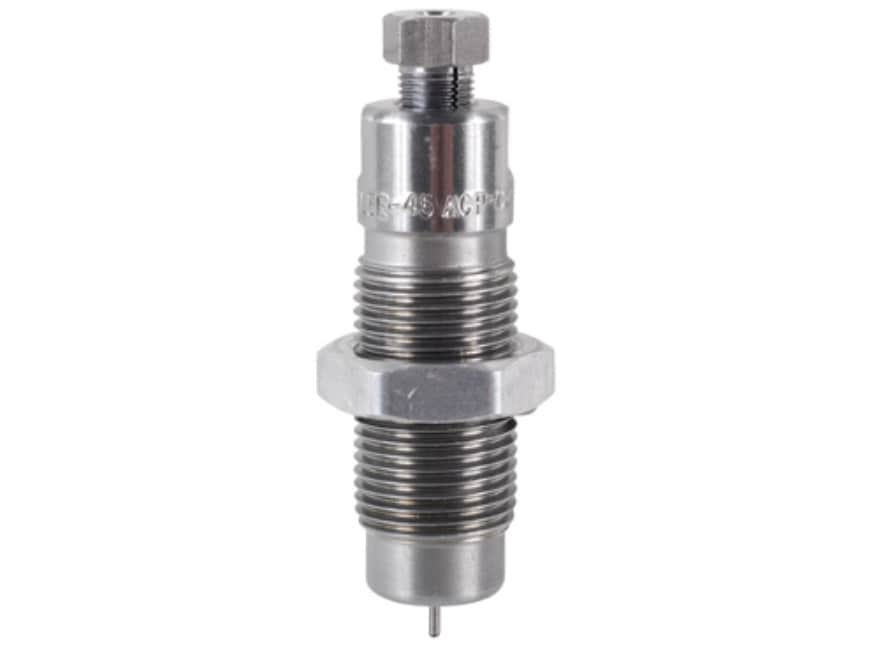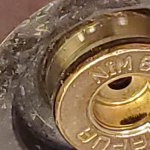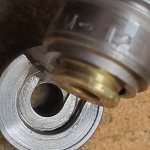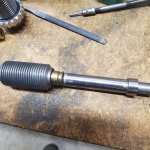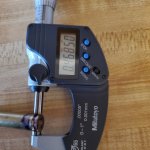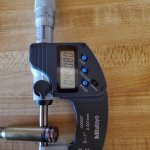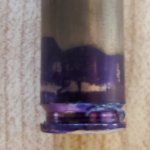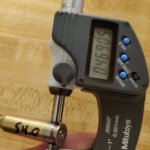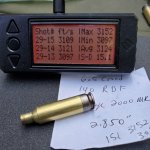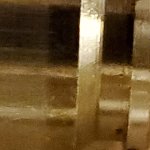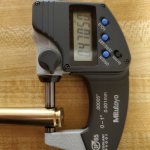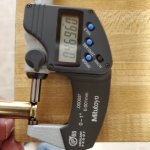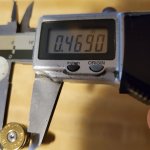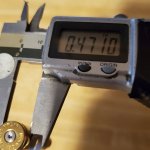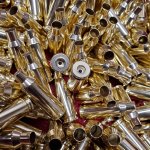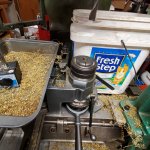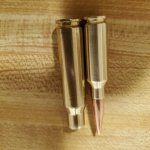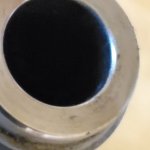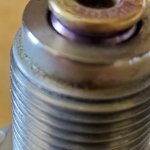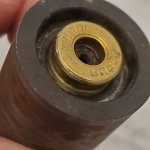Look at the pics and read the damn micrometer
So here ya go Slick...PROOF!
The Hornady die is screwed all the way down to the shell holder with cam over pressure...
A 308 case is sized at ram full up position and contacts the shell holder.
Ram is relaxed ...shell holder removed.
LOOK AT THE DIE WITH THE CASE STILL IN IT AT THE FULL SIZE POSITION. THE SHELL AND RAM IN FULL CONTACT ....
IT CLEARLY DOES NOT SIZE ALL THE WAY TO THE RIM!
BUT HAS A GAP OF UNSIZED CASE LEFT
FACT AS ALL CAN CLEARLY SEE!
BUT WAIT THERE IS MORE!...THE DIE HAS A RADIUS OR CHAMPHER ON THE DIE TO FURTHER ADD TO THE UNSIZED PORTION OF THE CASE HEAD.
ALL FACT AS ANY LOW IQ PERSON CAN SEE.
So if you would have followed my instructions on how to mike it... you wouldn't look like such an insistant idiot and fool with egg all over your face.
Presenting as an emotionally immature dude without a clue...only a Democrat believes his lies, and never changes his faulty presentation.
A 1st grader could easily see, when presented with the full picture.
Today's lesson.
Instead on insisting on being right investigate what is being told ...some have a lot more experience in case forming and making cases from other calibers... you might learn something from them.
Can you make a 6mm ARC from a 308?
Or a 6 Dasher or 35 Rem from a 308?
What about 30 Remington, 405 WSL, 351 WSL, 30 RAR, 338 RCM, 510 whisper, or a host of other obsolete calibers from available brass cases.
Can you make brass by the hundreds or even a thousand if needed?
Look no head stampds, 250 formed cases from basic brass.
Make your own case forming dies, or bullet sizing dies? Bullets? Chamber your own rifles?
It's obvious you know little about dies, and can not take instruction... you're fired.
Need another candidate for this apprenticeship.

